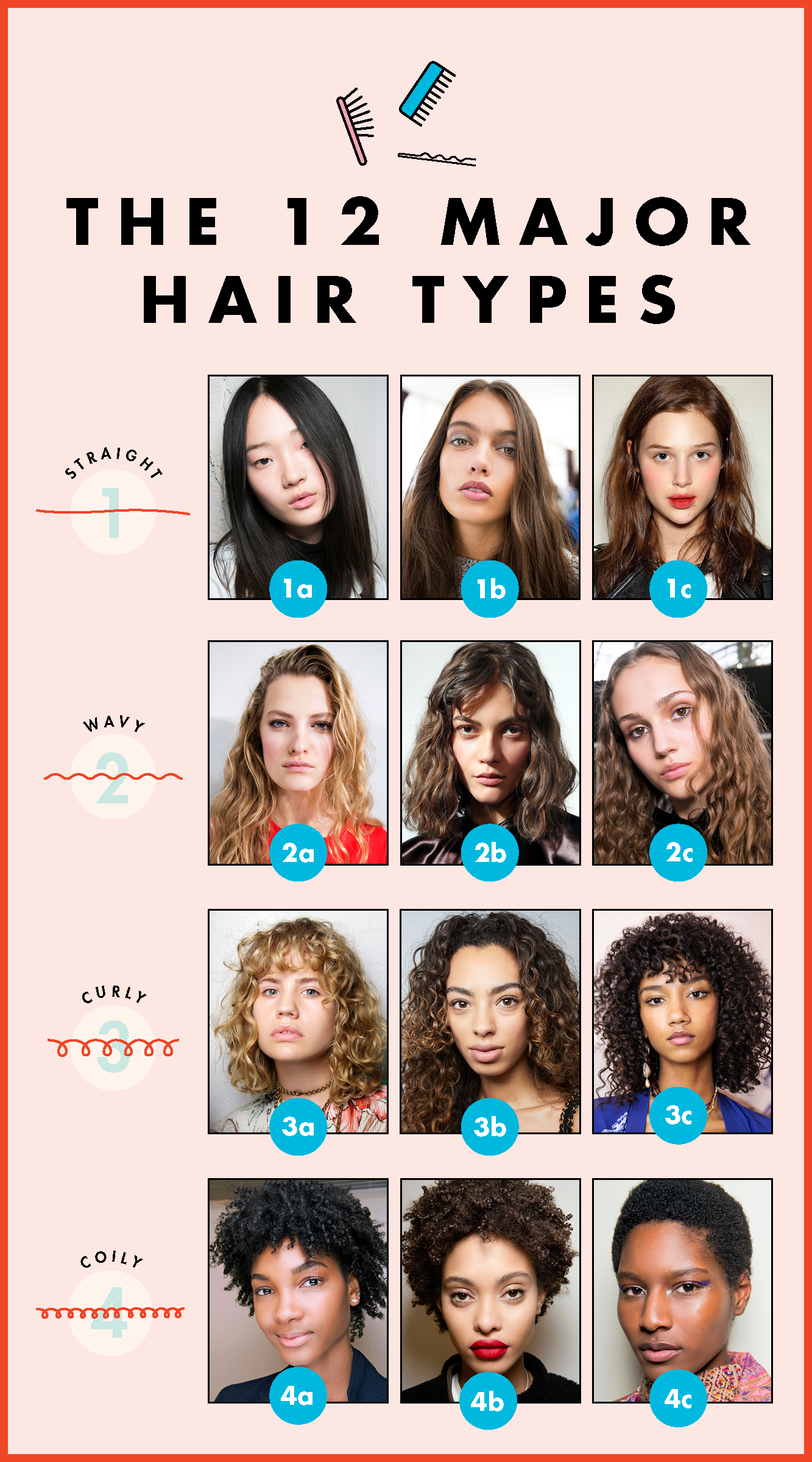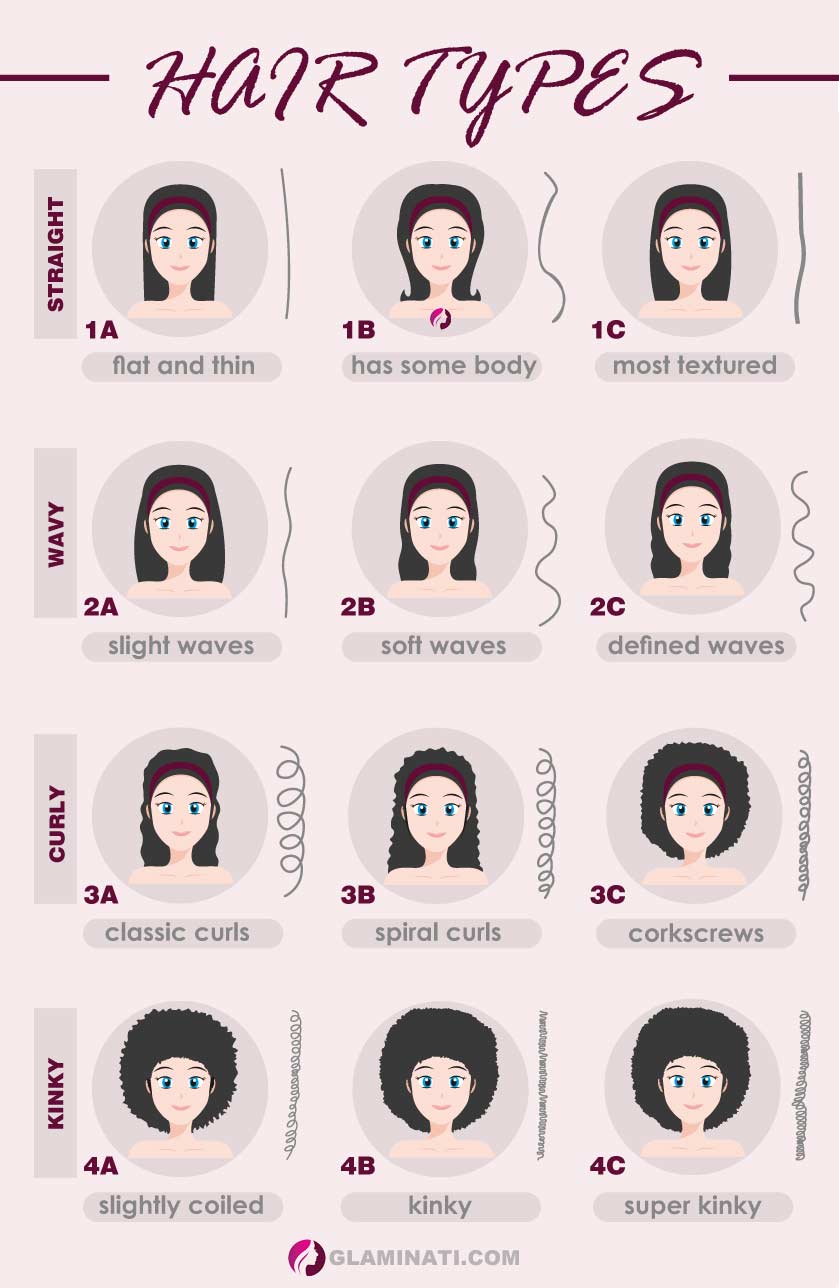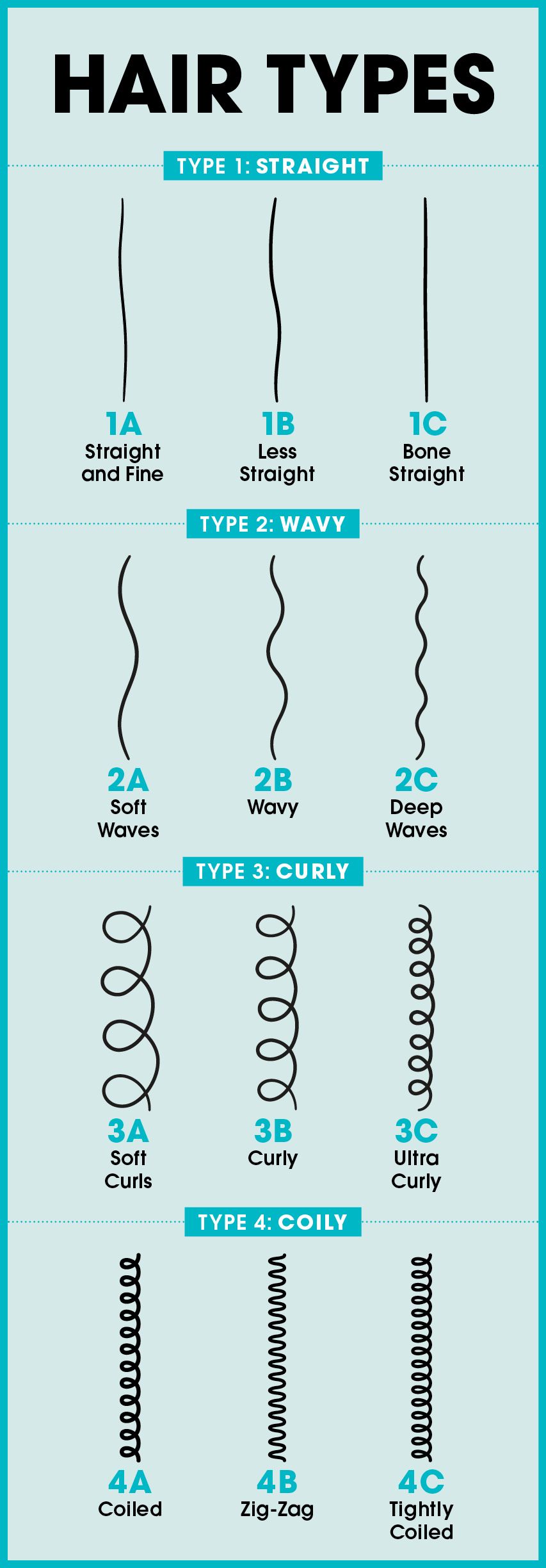The best shampoo bars for all hair types, according to experts
Table Of Content
- What is the unique difference of the OLAPLEX Volumizing Blow Dry Mist compared to other blow dry sprays?
- Amal Clooney and Jennifer Lopez's Shiny Strands Inspired Me to Try This Back-in-Stock Hair Gloss
- Burt's Bees Baby Shampoo
- Vanicream Free and Clear Shampoo
- The 9 Types of Curls
- Fia’s Hair Typing System

Understanding the role of porosity and density in your hair health can be a game changer. Let’s delve into these key factors that determine how your hair behaves. This includes your ethnicity, the shape of your hair follicles, and even genetics.

What is the unique difference of the OLAPLEX Volumizing Blow Dry Mist compared to other blow dry sprays?
If your hair dries with a defined curl or loop pattern, you have one of two curl types. Type 3 curly hair has springy ringlets or corkscrew curl patterns but is not as dense as coily hair. Coily hair texture is classified in the type 4 category and is often called a natural hair type.
Amal Clooney and Jennifer Lopez's Shiny Strands Inspired Me to Try This Back-in-Stock Hair Gloss
Because hair strands are still relatively straight, wavy hair tends to have plenty of shine and may be less oily than pin-straight hair. In some cases, less porous wavy hair may even be a little bit dry. In this case, it can benefit from hydrating products such as a moisturizing shampoo or deep conditioner. This hair type has the tendency to become greasy and shiny faster than other types because the natural oils from the follicle can travel down the straight strands more easily than textured hair. So the trick here is to avoid over-shampooing, says Fitzsimons, as it can "trigger your scalp to produce excess sebum," which will make your hair even more greasy and sticky.
Dyson AirWrap Review: A Beauty Ed's Honest Thoughts - Who What Wear UK
Dyson AirWrap Review: A Beauty Ed's Honest Thoughts.
Posted: Mon, 05 Feb 2024 08:00:00 GMT [source]
Burt's Bees Baby Shampoo
Strands are labeled as L (bendy with minimal or no curvature), O (curled into a zero or multiple spirals), I (flat and straight), or S (wavy with hills and valleys). And because of this great diversity, "Many people don't fall neatly into one category," says the Kardashian's go-to stylist, Andrew Fitzsimons. "But it provides a fairly good frame of reference when discussing curl types." Type 2 hair ranges from a beachy wave to loose curls and tends to hold a curl longer than type 1 hair.
Emerging Hair Typing Systems

As a dynamic husband and wife duo behind Curl Centric, our passion for curly hair has fueled a transformative journey. From intricate hair care routines to the simplicity and delight of embracing natural curls, Curl Centric is a beacon for the curly hair community, offering resources for hair growth, care, styling, and support. Type B and Type C are subcategories within the main hair types (e.g., 1B or 3C). Type B hair has a more defined wave or curl pattern than Type A. Type C hair has the strongest wave or curl pattern in its category. In this example, your hair would contain primarily a combination of “O” shaped spiral curls and “S” shaped curly waves with defined hills and valleys.
Hair Types and How to Know and Style Yours
And high porosity hair is often linked with damage caused by either chemical processing, the environment, or human error. Not everyone wants a wash day that takes the entire morning and afternoon to complete. Meanwhile, some people might prefer multitasking hair products that can replace multiple individual solutions. The LOIS hair typing system categorizes hair based on the shape, size, and texture of a single strand. This system eliminates the need for labeling hair types by numbers.
Too much, and you’ll weigh down the texture your hair does have. If your natural hair is usually under a wig, in a protective style, or blown pin-straight with a hairdryer, you may not be sure anymore. Cotton pillowcases can absorb your hair care products and be unnecessarily harsh on your strands. Switch to a silk or satin pillowcase to maximize your beauty sleep for one of our easiest hair care tips. The exact origin of the hair typing system is uncertain, but it was most likely created by the African American hair care industry as a way to categorize different textures of hair.
Scalding showers may feel relaxing, but if you’re being real with yourself, they aren’t worth it. That almost-too-hot-to-touch water can actually strip your hair of essential oils, which can leave it feeling drier and looking duller. So, the next time you step into the shower, adjust the temperature. Lukewarm water is just as effective at getting you clean, without being quite as harsh on your hair.
Fia’s Hair Typing System
On top of treatments, creating a washing schedule is also important for this hair type. "I recommend washing it once a week rather than daily to ensure your hair is moisturized, clean, and healthy," Stephen says. "I suggest opting to do twist-outs, and double-strand twists as a form of protective styling, using Dove's Amplified Textures Twist in Moisture Shaping Butter Cream." Though sometimes controversial, the natural hair type chart is one of the first tools naturalistas use to begin to understand their hair and how to best care for it. The alphanumeric chart lists hair types based on texture, from numbers 1 to 4, with subcategories of A, B, and C — meaning someone can be a 2B while another is a 4C.
At the same time, better skip hair care oils and sprays, as they can cause excessive grease and oiliness to the already oily hair type. Type 4 is common amongst those with afro-textured hair – though you may also see type 3 fit the bill as well. This hair type is also sensitive to a lot of heat damage, where over-manipulation, coloring and heat tools can disrupt the curl pattern, making it difficult, if not impossible, to revert. "It's definitely possible to have in-between curl types and several curl types on your head," Breyer explains.
It’s characterized by dense spirals, zig-zag patterns, and shrinkage that occurs when its tight coils go from wet to dry. This hair type is more fragile and prone to breakage than others, requiring a more specialized hair care routine. Type 2 wavy hair is often mistaken for type 3 curly hair, but these two hair types are vastly different in appearance and structure. Wavy hair is most easily identified as “mermaid hair” or “influencer hair,” with loose “S” waves that cascade from just under the roots to the tip of the hair shaft. Type 2 hair is largely influenced by temperature fluctuations; the heat of the summer may emphasize your waves and enhance frizz while the cold, dry temperatures of the winter months can leave your waves flat and tamed.
Comments
Post a Comment